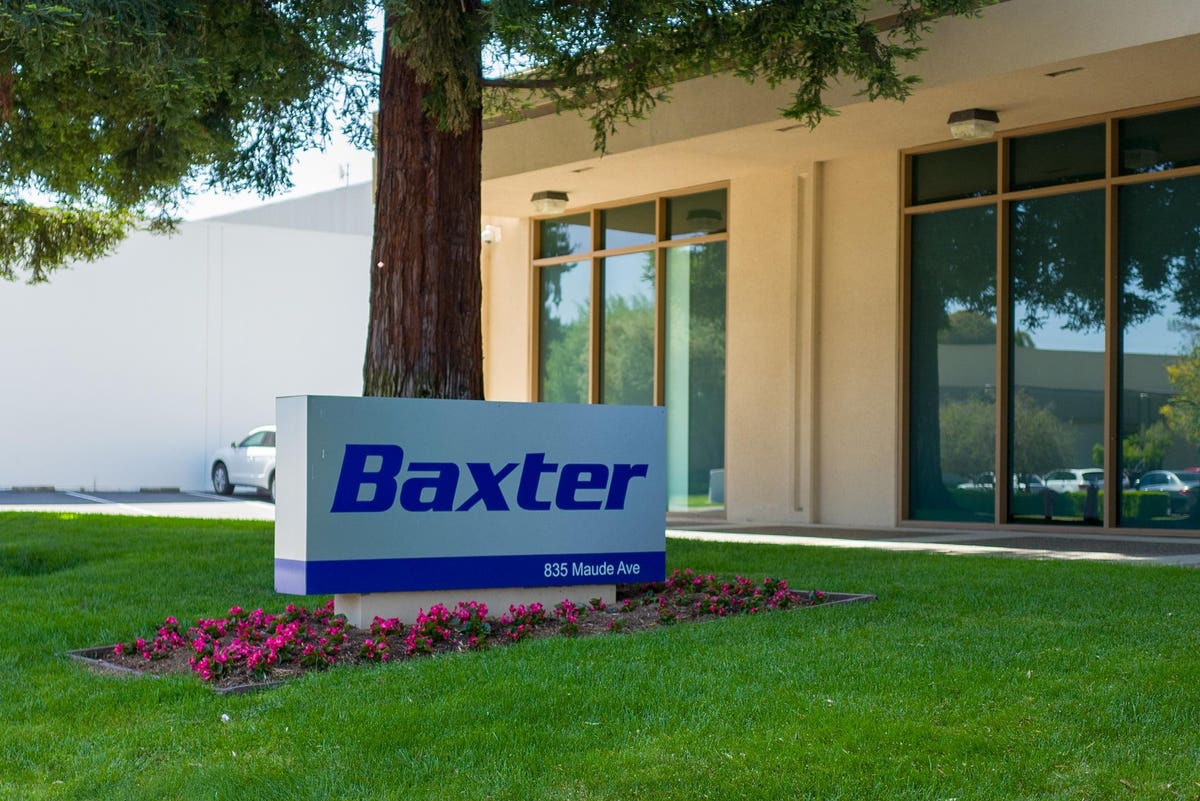Baxter stock (NYSE: BAX) currently trades at $41 per share, more than 50% lower than the level seen in March 2021, and it can see higher levels over time. BAX stock was trading at around $64 in early June 2022, just before the Fed started increasing rates, and is now 35% below that level, compared to 15% gains for the S&P 500 during this period. This underperformance of Baxter stock can be attributed to its tepid sales growth of 1% in H1’23, and growth is expected to remain tepid in the near term. Although there has been a steady decline in the inflation rate in response to the Fed’s aggressive rate hike plan, investors still have concerns about a potential recession.
We note that BAX stock has had a Sharpe Ratio of -0.1 since early 2017, which is far worse than 0.6 for the S&P 500 Index over the same period. This compares with the Sharpe of 1.3 for the Trefis Reinforced Value portfolio. Sharpe is a measure of return per unit of risk, and high-performance portfolios can provide the best of both worlds.
Returning to the pre-inflation shock level of about $90 means that BAX stock will have to gain more than 115% from here, and we don’t think this will materialize anytime soon. That said, there is upside potential from its current levels. BAX stock is trading at 1.4x revenues, compared to around 2.0x in late 2022. Our Baxter Valuation Ratios Comparison dashboard has more details.
Our detailed analysis of Baxter’s upside post-inflation shock captures trends in the company’s stock during the turbulent market conditions seen over 2022. It compares these trends to the stock’s performance during the 2008 recession.
2022 Inflation Shock
Timeline of Inflation Shock So Far:
- 2020 – early 2021: Increase in money supply to cushion the impact of lockdowns led to high demand for goods; producers unable to match up.
- Early 2021: Shipping snarls and worker shortages from the coronavirus pandemic continue to hurt supply.
- April 2021: Inflation rates cross 4% and increase rapidly.
- Early 2022: Energy and food prices spike due to the Russian invasion of Ukraine. Fed begins its rate hike process.
- June 2022: Inflation levels peak at 9% – the highest level in 40 years. The S&P 500 index declined more than 20% from peak levels.
- July – September 2022: Fed hikes interest rates aggressively – resulting in an initial recovery in the S&P 500 followed by another sharp decline.
- Since October 2022: Fed continues rate hike process; improving market sentiments help S&P500 recoup some of its losses.
In contrast, here’s how BAX stock and the broader market performed during the 2007/2008 crisis.
Timeline of 2007-08 Crisis
- 10/1/2007: Approximate pre-crisis peak in S&P 500 index
- 9/1/2008 – 10/1/2008: Accelerated market decline corresponding to Lehman bankruptcy filing (9/15/08)
- 3/1/2009: Approximate bottoming out of S&P 500 index
- 12/31/2009: Initial recovery to levels before accelerated decline (around 9/1/2008)
Baxter and S&P 500 Performance During 2007-08 Crisis
BAX stock declined from nearly $38 in August 2008 (pre-crisis peak for Baxter) to $28 in March 2009 (as the markets bottomed out), implying it lost 26% of its pre-crisis value. It recovered post the 2008 crisis to levels of around $32 in early 2010, rising about 15% between March 2009 and January 2010. The S&P 500 Index saw a decline of 51%, falling from levels of 1,540 in September 2007 to 757 in March 2009. It then rallied 48% between March 2009 and January 2010 to reach levels of 1,124.
Baxter Fundamentals Over Recent Years
Baxter’s revenue rose from $11.4 billion in 2019 to $ 15.1 billion in 2022, driven by increased demand for advanced surgery products. In December 2021, Baxter completed the Hillrom acquisition, which added connected care offerings, including Smart Beds and patient monitoring products, to Baxter’s existing portfolio of acute, nutritional, renal, hospital, and surgical care products.
The company’s operating margin declined from 15.0% in 2019 to -15.5% in 2022. This sharp decline for Baxter can be attributed to an impairment charge of $3.2 billion on the goodwill related to the Hillrom acquisition. Our Baxter Operating Income Comparison dashboard has more details. Its earnings per share stood at $(4.83) in 2022, compared to the $1.97 figure in 2019.
Does Baxter Have A Sufficient Cash Cushion To Meet Its Obligations Through The Ongoing Inflation Shock?
Baxter’s total debt increased from $5.4 billion in 2019 to $16.6 billion in 2022, while its cash decreased from around $3.3 billion to $1.7 billion over the same period. The company also garnered $1.2 billion in cash flows from operations in 2023. The high debt burden is a near-term risk that the company faces.
Conclusion
With the Fed’s efforts to tame runaway inflation rates helping market sentiments, we believe Baxter stock has the potential for gains once fears of a potential recession are allayed. That said, the pressure on the company’s balance sheet and operating margins remain a risk factor to realizing these gains.
Invest with Trefis Market Beating Portfolios
See all Trefis Price Estimates
Read the full article here





